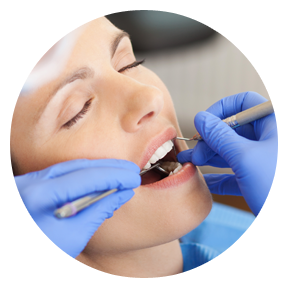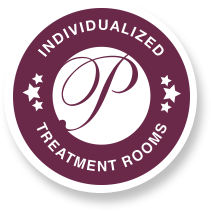Dr. Paul Mathew and the entire dental team at Artisan Dentistry are dedicated to teaching proper oral hygiene techniques to patients and encouraging good dental health. Education about effective dental hygiene empowers patients to maintain their healthy smiles through home care, so they can keep their teeth strong and beautiful for a lifetime.
Most people know they need to brush their teeth at least twice a day, but sometimes flossing just as frequently is a step that gets overlooked. Consistent daily brushing and flossing make up the foundation of good dental health, and using a good technique will give you best results.
Effective Teeth Brushing
An electric toothbrush is an excellent investment for your dental health. As electric brushes become more mainstream, the sheer number on the market can be a little intimidating, but a small amount of research or advice from your dentist can help you select the right one for you. Some are designed for a smaller mouth, some have rechargeable batteries, and the size of the brush head varies from one to the next, so it’s important to consider these factors.
However, if you prefer manual toothbrushes, they can also do an excellent cleaning job when used properly. You’ll get the best results by brushing with short strokes, then longer strokes away from the gums. Try to cover all surfaces of each tooth: front, back, and chewing surface. Be sure to brush along the gum line, as this is often where decay begins. Tips for effective brushing include:
- Use a soft brush to avoid inflaming or damaging the gum tissue.
- Use a smaller brush, if necessary, to make sure you can reach the surfaces of the back teeth.
- Pick a toothpaste that doesn’t say “whitening” on the box. Those toothpastes contain abrasive ingredients that can damage enamel.
- Brush your tongue to remove bacteria hiding in the tiny crevices.
- Brush for about two minutes to be sure you clean thoroughly.
- Buy a new toothbrush every three months for best effectiveness.
Effective Flossing
Flossing is important because no toothbrush can clean the surfaces in between teeth where each tooth is tight against its neighbor. These places are extra susceptible to decay. To floss properly, you should:
- Use at least 15 inches of dental floss so you have a fresh piece in each crevice.
- Use a vertical movement, making about eight strokes in each location.
- Curve the floss around one tooth and then around the neighboring tooth to all the side surfaces.
- If your teeth are very close together, be careful when working the floss in between the teeth. Try to avoid forcing the floss so much that it abruptly breaks through and hits the gums. There are different thicknesses of floss available, so buy one that will slide between your teeth with ease and without breaking.
- If you floss just once a day, do it at bedtime.
Regular Checkups and Professional Cleaning
Brushing and flossing remove food particles and plaque, which is a mix of bacteria and their acidic excretions. When plaque is left too long on the teeth, it hardens into tartar (also called calculus) which cannot be removed by brushing or flossing. It is the beginning of early gum disease.
That is why regular cleaning by a dental hygienist is so important for your dental health. Our hygienists are highly skilled, easy to work with, and will carefully restore your teeth to polished brightness. Dr. Mathew performs regular checkups on his patients to detect any problems as early as possible. That saves you from needing more extensive dental work later. You can read more about how early detection is done on the Technology page.
We put a high priority on your service and comfort. Visit or contact us at our Salem, NH or Newburyport, MA offices and we will give you a friendly welcome, answer any of your dental hygiene questions, and provide you with excellent care.









